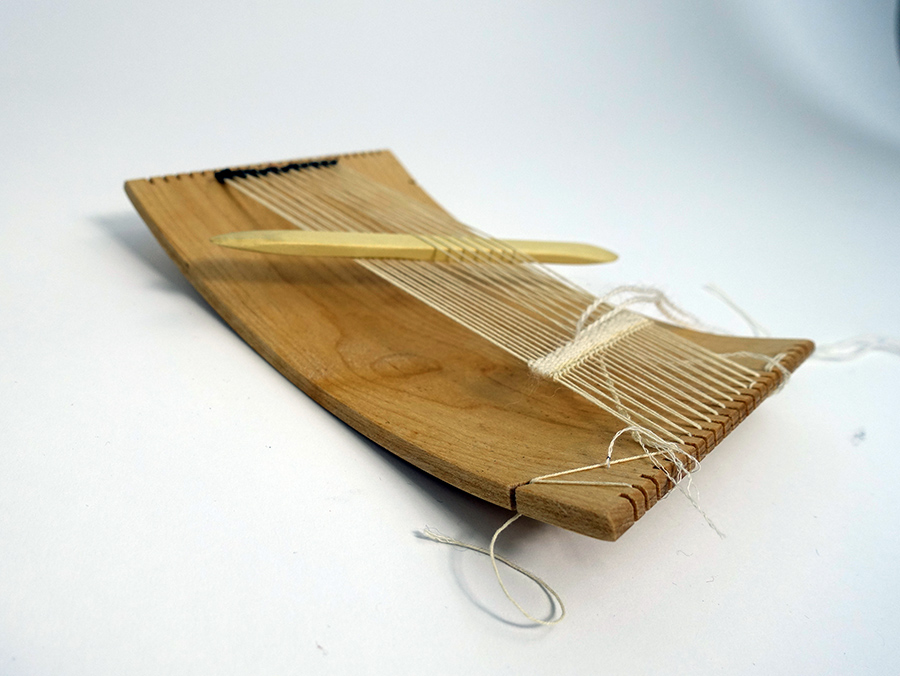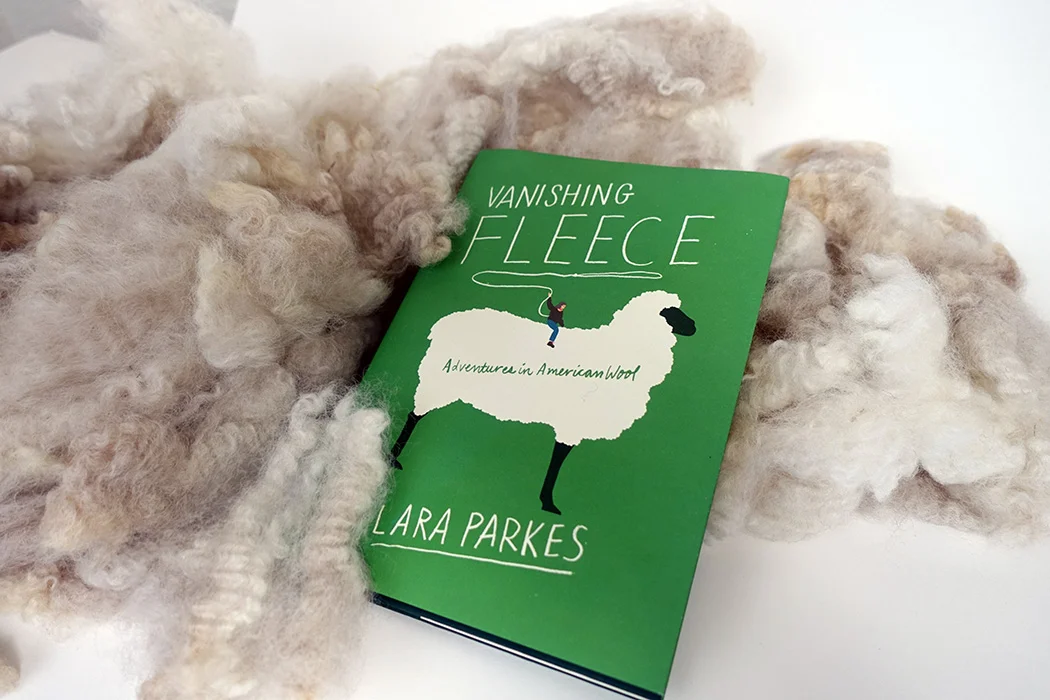Small tapestry looms: which one should I use?
For my small tapestry work and for teaching on small looms, I have used Hokett looms for many years. Jim Hokett retired in 2019 and though I will use my personal stash of these looms forever, those of you who didn’t manage to get one before he retired are looking for other options.
Why would you want to weave on looms like these? I’ve written about this a lot on this blog, but the short answer is that small looms are less intimidating. They tend to allow us to play with yarn and ideas without feeling like we’re making something monumental. I think that helps us drop our own expectations and allows us to learn without shame because what we’re doing might not match the image we had in our head. They’re also portable, less expensive, and they don’t use as much yarn as big looms.
I have four great options for you and I am sure there are others out there. I’ve woven on all of them and I can recommend them all for various reasons.* All four of these looms are made in the USA, many of them completely by hand. Please remember if you’re ordering a hand-made loom from someone that they most likely won’t be able to get it to you as quickly as a large commercial operation could. Be patient. Make or buy another loom while you wait for your treasured heirloom equipment. For example, you could purchase a Schacht loom or make a copper pipe loom (links below) while you wait for one of the other three looms.







